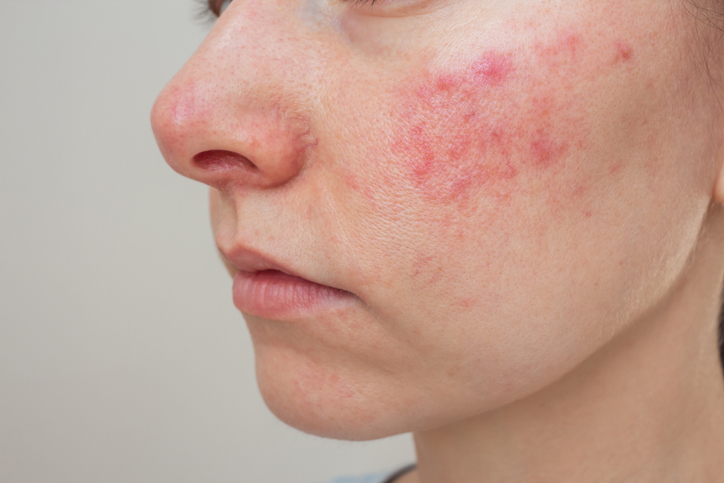
What is the difference between eczema, dermatitis and psoriasis?
Worried you have eczema, dermatitis, or psoriasis? We talk symptoms, causes, triggers, and treatments for these common causes of itchy skin.
Dr Michael Rich is a specialist dermatologist who has been performing tumescent liposuction for over 30 years. Find out if Liposuction is suitable for you at ENRICH Clinic.
At ENRICH Clinic, we have a wide range of dermatological and cosmetic body treatments tailored to individual body and patient needs.
At ENRICH Clinic, our treatments are performed by our medical team consisting of doctors, nurses, and dermatologists and are tailored to each patient’s skin health needs.
ENRICH Clinic is committed to your skin health and well-being with a range of dermatological & cosmetic treatments tailored to the individual. Our treatments are performed by our medical team consisting of doctors, nurses, and dermatologists.
Skin health is essential for everyone. ENRICH Clinic has a wide range of technologies and dermatological solutions to help you achieve your skin care goals.
Intense pulsed light (IPL) has become a staple in beauty salons and dermatology clinics alike. This is no surprise, given it’s been one of the most versatile tools–from tackling unsightly veins to rejuvenating sun-kissed skin.
But how did this technology emerge from its early days of treating leg veins to become the tool it is today?
Intense Pulsed Light (IPL) therapy is a non-invasive aesthetic treatment that uses broad-spectrum light pulses to target specific structures in the skin. It’s not a laser, which emits a single wavelength of light, but rather a “flashlamp” that emits a range of wavelengths across the visible and near-infrared spectrum.
Here’s how the science behind IPL works:
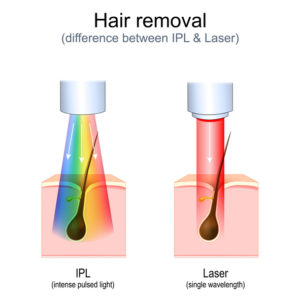
Depending on the targeted chromophore and the parameters of the light pulse (wavelength, pulse duration, energy level), IPL can achieve various effects:
IPL’s origins can be traced back to the significant developments in light-based therapies, including laser technology, during the 20th century.
The key innovation that led to IPL was adapting flashlamp technology, which allowed for emitting a broad spectrum of light, unlike the single wavelength of lasers. This breakthrough occurred in the 1990s, marking the beginning of IPL as we know it today.
The early use of IPL was primarily focused on treating spider veins.
The first generation of IPL devices primarily emitted light in the infrared part of the spectrum. While effective for certain treatments, this approach often led to epithelial damage due to the intense heat and had a higher incidence of side effects, including skin burns and pigmentation issues.
Responding to these challenges, experts created second and third-generation IPL devices that incorporated water filters that effectively filtered out the infrared portion of the light spectrum. This advancement significantly reduced the risk of side effects, making IPL treatments safer and more comfortable for patients.
The fourth generation of IPL devices, like Lumenis One from Lumenis, addressed some of the earlier limitations and shortcomings of IPL technology. They offered enhanced precision, greater control over light intensity and wavelength, and more effective cooling systems to protect the skin.
IPL has become a popular method for hair removal. It targets the melanin in hair follicles with light pulses, which are then converted to heat, damaging the follicle and inhibiting future hair growth.
IPL also treats pigmented skin lesions, such as sunspots, freckles, and melasma. The light energy targets melanin in these lesions, helping to break down the pigment and reduce the appearance of these spots, leading to a more even skin tone.
Vascular lesions like spider veins and port wine stains are well-treated with IPL. The light targets and heats the hemoglobin in the blood vessels, causing them to collapse and eventually be reabsorbed by the body, reducing the visibility of these lesions.
IPL is also used in photodynamic therapy, particularly for treating certain types of skin cancer and pre-cancerous growths. This approach applies a light-sensitive drug to the skin, which becomes active when exposed to the IPL. This combination can destroy cancer cells or pathogens.
IPL can be effective in managing acne, especially inflammatory acne. The light helps to reduce inflammation and can also target the bacteria that contribute to acne, reducing the severity and frequency of acne outbreaks.
A newer application of IPL is in treating evaporative dry eye, a condition often related to dysfunction of the meibomian glands in the eyelids. IPL helps to unblock these glands, improving tear quality and reducing dry eye symptoms. We do not do this treatment at ENRICH; this is the area of an eye specialist.
Lastly, IPL is widely used for skin rejuvenation, addressing fine lines, wrinkles, enlarged pores, and uneven skin texture. The light energy stimulates collagen production and promotes cell renewal, leading to firmer, smoother, and more youthful-looking skin.
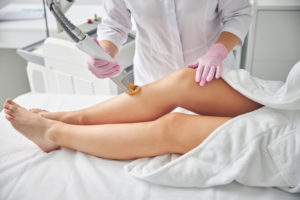
While IPL therapy remains a beneficial method for various medical needs, IPL may be drawing to its natural conclusion for dermatology as more specific technologies overtake it in effectiveness.
IPL is no longer a standalone option in skin care; instead, it’s increasingly used with other treatments. For example, while we still use IPL for areas like the hands and décolletage at ENRICH, it’s often paired with technologies like Fraxel lasers, for décolletage or face treatments.
The shift towards single-wavelength, energy-based treatments marks a significant development. These technologies offer more precise and effective results for specific conditions than IPL’s broader spectrum approach. However, IPL continues to be widely used in clinics and by beauticians, primarily because of its established presence and the widespread availability of IPL machines.
Exploring the possibilities of IPL therapy and other skin treatments? Contact us
*With all surgeries or procedures, there are risks. Consult your physician (GP) before undertaking any surgical or cosmetic procedure. Please read the consent forms carefully and be informed about every aspect of your treatment. Surgeries such as liposuction have a mandatory seven-day cooling-off period to give patients adequate time to be sure of their surgery choice. Results may also vary from person to person due to many factors, including the individual’s genetics, diet and exercise. Before and after photos are only relevant to the patient in the photo and do not necessarily reflect the results other patients may experience. Ask questions. Our team of dermatologists, doctors and nurses are here to help you with any of your queries. This page is not advice and is intended to be informational only. We endeavour to keep all our information up to date; however, this site is intended as a guide and not a definitive information portal or in any way constitutes medical advice.
"*" indicates required fields
Combining Dr Rich’s dermatological skill with his knowledge of restorative skin regimes and treatments, the ENRICH range is formulated to help maintain and complement your skin. Our signature Vitamin C Day & Night creams are now joined by a Vit A, B,&C Serum and a B5 Hyaluronic Gel, both with hydration properties and much, much more.

Worried you have eczema, dermatitis, or psoriasis? We talk symptoms, causes, triggers, and treatments for these common causes of itchy skin.

Research has shown that snoring can be reduced by up to 60% after two or three treatments with ENRICH Clinic’s high-tech target lasers designed to tighten the soft palate and stop snoring.
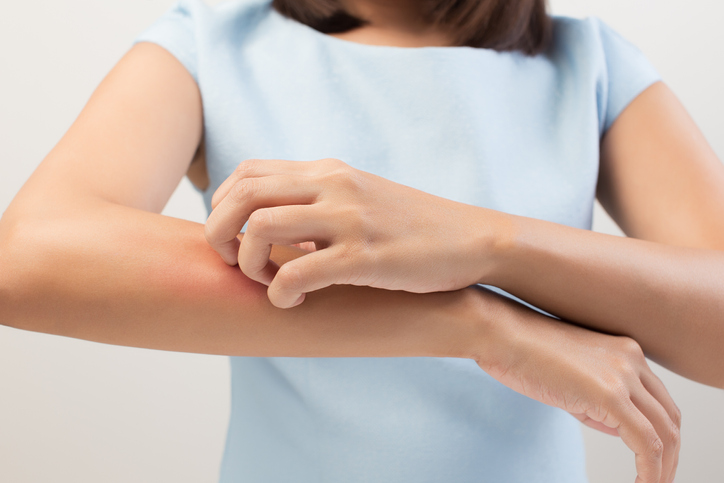
Suddenly dealing with itchy skin? We’ll talk about the common causes and how to find relief.
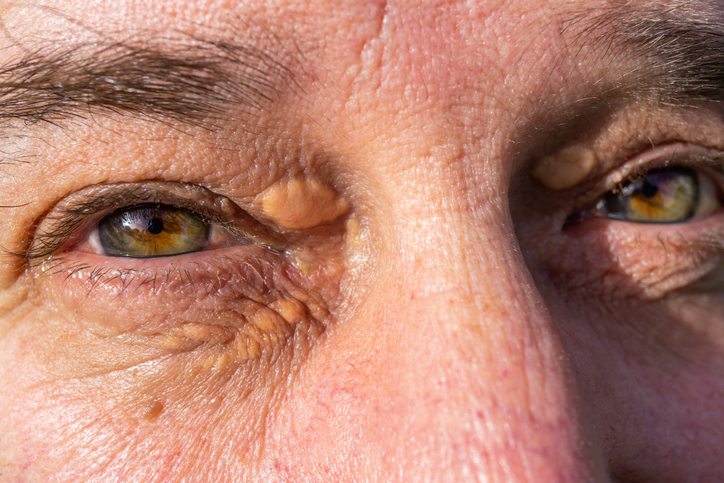
We talk about the symptoms and treatments of xanthelasma, which causes yellow growths on the skin.
Subscribe to the ENRICH newsletter and receive latest news & updates from our team.
Enrich Clinic acknowledges the Traditional Lands of the Wurundjeri Woi Wurrung and Bunurong peoples of the East Kulin Nations on which we work and trade. We pay respect to their Elders past, present and emerging. We extend our acknowledgement and respect to the LGBTQIA+ community who we welcome and support. Read our full Acknowledgement Statement here
